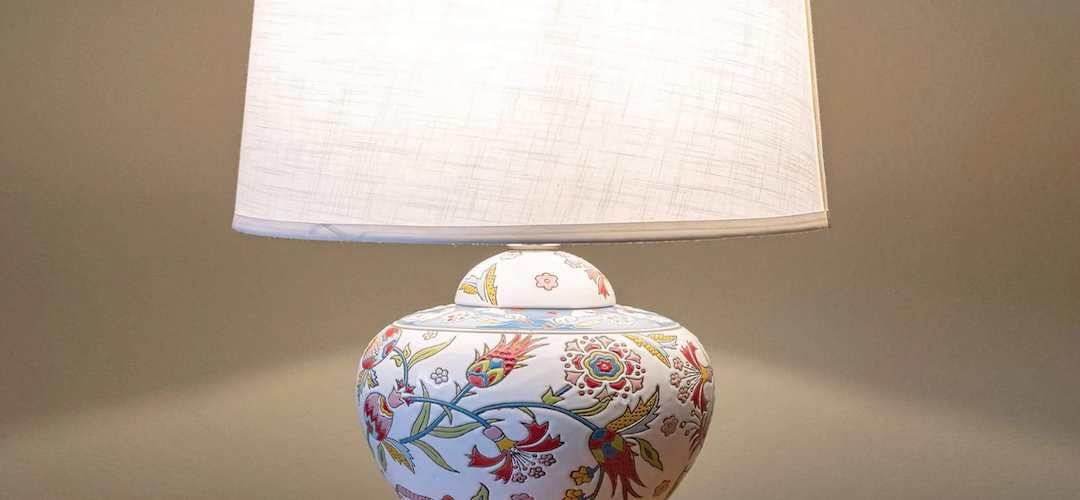
Unleashing Creativity: Exploring the Versatile Design Possibilities of False Ceilings without Center
Introduction
False ceilings or drop ceilings are often used in interior designs to add a touch of elegance and sophistication to living or commercial spaces. They are an easy way to cover up unsightly pipes or electrical wiring, but they also serve purposes beyond aesthetics, such as improving sound insulation and creating hidden lighting elements. One popular type of false ceiling design is the center false ceiling, which creates a focal point in the room by accentuating the center or perimeter of the ceiling. However, there is a growing trend of exploring false ceiling designs without a center, which allows for greater creativity and flexibility in interior design.
Benefits of False Ceilings without Center
False ceilings without a center or perimeter design offer several benefits over traditional center false ceilings. Some of the benefits include:
1. Greater Flexibility in Lighting Design:
False ceilings without a center or perimeter design offer more flexibility in lighting design. With center false ceilings, the lighting design is often limited to accentuating the center or perimeter of the ceiling. However, with a false ceiling without a center, lighting fixtures can be placed in any part of the ceiling, allowing for more creative lighting design. For example, recessed lighting fixtures can be used to create a sense of depth or texture in the ceiling, or they can be used to highlight certain areas of the room.
2. More Design Freedom:
False ceilings without a center or perimeter design offer more design freedom. With center false ceilings, the design is often limited to symmetrical or asymmetrical designs centered around the center or perimeter of the ceiling. However, with a false ceiling without a center, the design can be more asymmetrical, organic, or flowing. This allows designers to create more unique and creative designs that can enhance the mood and ambiance of the room.
3. Cost Effective:
False ceilings without a center or perimeter design can be cost-effective. With center false ceilings, there are often costs associated with designing and constructing the center or perimeter of the ceiling. However, with a false ceiling without a center, there are fewer materials and labor costs involved, which can save on overall project costs.
Examples of False Ceiling Designs without Center
There are several examples of false ceiling designs without a center that can inspire designers and homeowners. Some of the popular designs include:
1. Cloud-Shaped Ceiling:
One of the popular false ceiling designs without a center is the cloud-shaped ceiling. This design concept creates a sense of flow and organic movement in the ceiling, which can be accentuated with creative lighting fixtures. The cloud shape can also create a sense of spaciousness in the room, making it ideal for smaller spaces.
2. Curvy Ceiling:
Another example of false ceiling design without a center is the curvy ceiling. This design concept creates a sense of fluidity and movement in the ceiling, which can enhance the overall aesthetic appeal of the room. The curvy shape can also create visual interest, making it ideal for larger spaces.
3. Geometric Ceiling:
A geometric false ceiling without a center can create a modern, futuristic look in a room. Creating a series of irregular shapes and angles can add visual depth to the ceiling which can be further enhanced with lighting.






